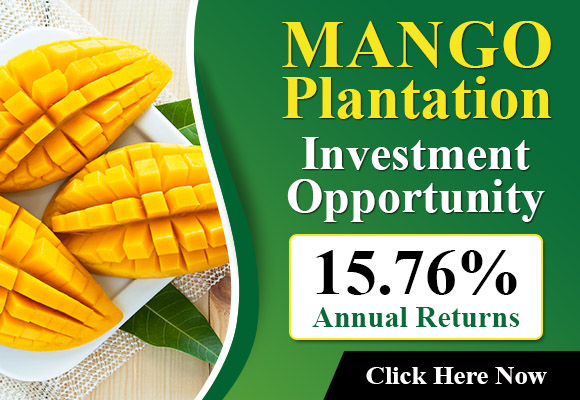The orange campaign of COAB, the COAB producer association, located in Corigliano Rossano in the province of Cosenza was launched during the first week of October. “We’ve begun with the initial quantity of the very first variety Caffin and Spinoso but it was not easy. We had no stocks up to Saturday 11 November. This means that, in a sense this season, it’s in the early stages of. We’re in the final phase of the first campaign, and have seen some overlaps with the beginning of the clementine harvest. Additionally, we are almost through the navelina harvest” states Francesco Casciaro, who has been the director of the producer organisation since 1992.
Director Francesco Casciaro
“Much has changed in the last thirty years. When we were in 1990, our organization was a result of the wishes of a few manufacturers, there was not a necessity for aggregates. As a general rule, the fresh citrus fruit was offered for sale without issue. But, some shrewd people came up with an idea of joining the cooperative. Since then, the idea gained traction. Alongside the innovations regarding processes and cultivars as well, the business has witnessed changes to its social base, structure, and also in the customers it serves,” explains Casciaro. “We have a total of 1000 acres of stone and citrus fruit (200-250 ha) as well as in the past seven years, the calendar for processing was extended from beginning of May until September for stone fruits and between October and early the month of April in citrus.”
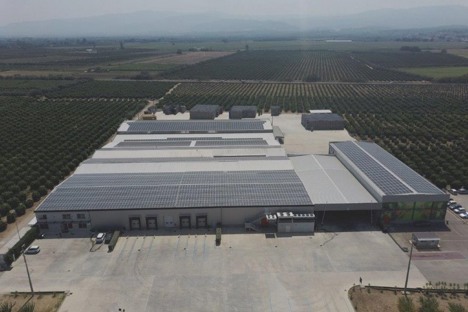 Op COAB Headquarters
Op COAB Headquarters
Between 2,200 and 2,300 tons of clementines from 1990, the cultivators group now produce around 15,000 tonnes annually. “As regards marketing concerned, at first a substantial portion of products were sold straight from the fields to traders who were primarily individual as well as the rest intended for the market of fruit and vegetables. markets. Nowadays, we mostly work with big wholesalers (Gdo) who we ship the produce with any type of packaging. Additionally, we have modern processing equipment, such as optical sorters, as well as refrigerators for warehouses that can store products.”
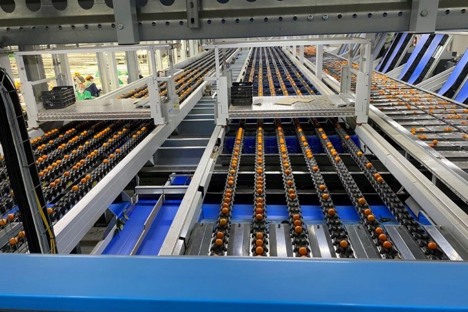 Citrus sorting line
Citrus sorting line
The onset of the clementine campaign was accompanied by temperatures
“We have a three-week gap when compared with prior seasons because of the critical climate conditions. It is not fully color-matched. The reason is that the required temperatures that fluctuate between night and day don’t occur frequently. Additionally, the heavy rains that fell during the 45th week resulted in unexpected issues with the quantity schedule. But, beginning with the following week (the 47th week in 2023 in 2023. ) The situation will be back to the normal. The more quantities should arrive in greater uniformity in color. The numbers are only about 60% higher than the normal level,” Casciaro continues.
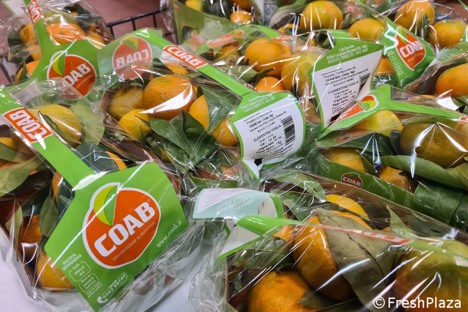 Clementines weighing 1kg with leaves, available in an Italian superstore
Clementines weighing 1kg with leaves, available in an Italian superstore
But, the director insists the fact that skins with greener colors are not indicative of inferior high-quality. “The fruits are now at their best organoleptic properties, Brix levels are adequate and the ratio of sugar-acid. That means clementines are good for eating. Consumers and customers have gotten this over the past few years. Actually, there were a small variation in consumption in the first week of the season. In the time since, there has not been any slowdown.”
If the weather stays positive, the clementine flurry will likely to be over at the end of February. Clementines of the common variety will last through the middle of January or until it reaches its end. After that, it’s when the last of the varieties. In contrast there is a Blonde Orange season will end around the beginning of April. Each variety will be awarded to the associations of growers: Washington Navel, Lane Late, Chislett, Navelina Powell among others. just a handful.
Also, there have been issues on the commercial side too.
In the past COAB’s accuracy and reliability has allowed COAB to continue to work with the vast retail trade that is the main commercial connection with the producer group. The COAB quota for the domestic market is approximately 90% while the quota for foreign markets is about 10 10%. “However this year, where the supply of goods has been scarce, major retailers have pushed for promotions. It’s not a great choice for us as there’s been an enormous growth in the costs of the production. The cost for the cultivation of a per hectare of clementines can be up to 40 % higher than the cost it was just two years prior.”
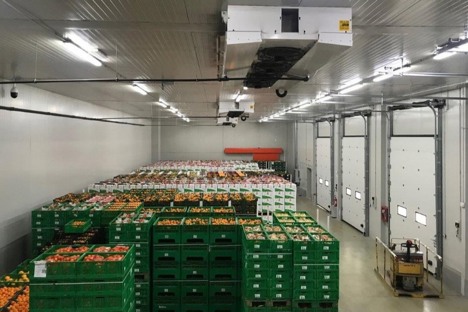 Cold storage devices used to store crop seeds
Cold storage devices used to store crop seeds
The impact of plant diseases is significant this year
Every work that is done in the field are carried out in a manner that is respectful to the ecosystem of the agroecosystem. This is done by using methods that do not have an negative impact on the natural environment. This can be achieved through the use of the most efficient agronomic practices that reduce the need for chemicals for fertilizer and phytosanitary substances.
“The mite outbreaks observed this year, including that of the spider mite red proved to be a significant challenge for farmers,” explains Casciaro. “Insects generally were able to find a perfect environment during the campaign since the June month was very humid, with extremely hot temperatures. The new active ingredients which have lower environmental impact but they aren’t as effective on the ground. This is why our rejection rates encountering are extremely high, around 20 percent”. Items that are not in line with new market standards or processing materials are sent to the industry for processing.
Photo galleries of article are were provided by Op COAB
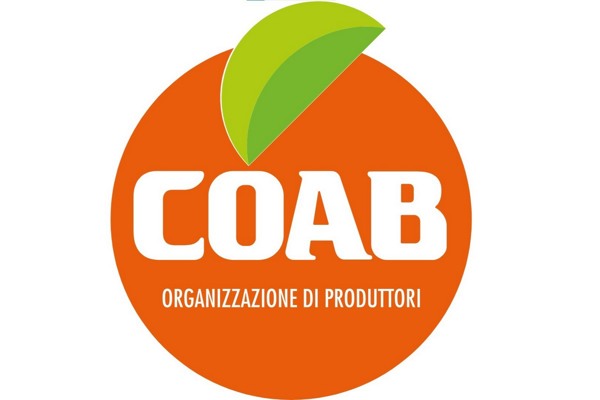 To learn more about HTML0:
To learn more about HTML0:
COAB – Societa Cooperativa Agricola
Contrada Scavolino – Frazione Cantinella
87064 Corigliano Rossano (CS)
+39 0983 80740
info@coab.it
www.coab.it
Source: The Plantations International Agroforestry Group of Companies
